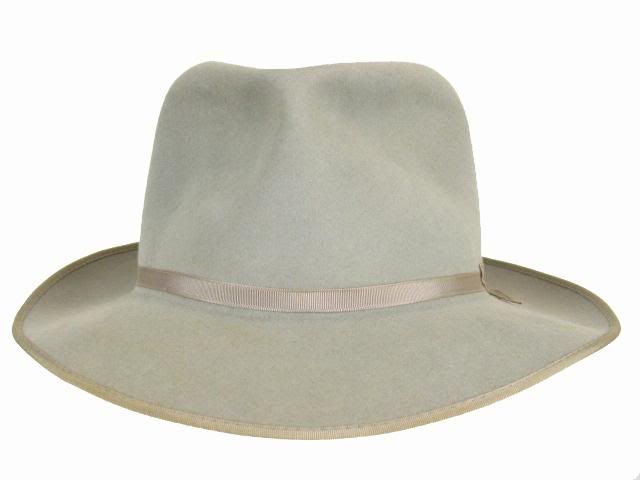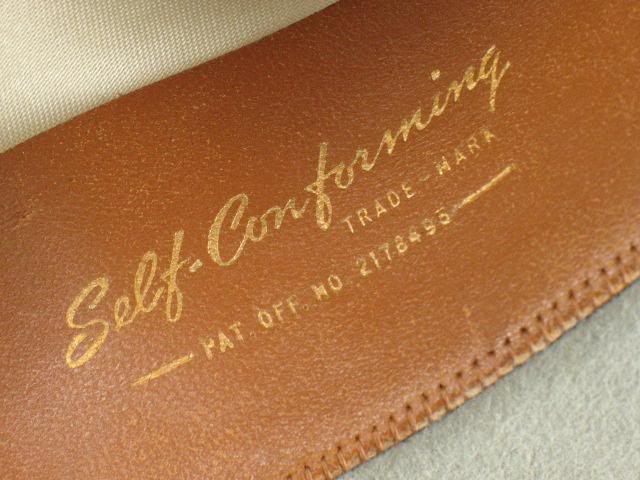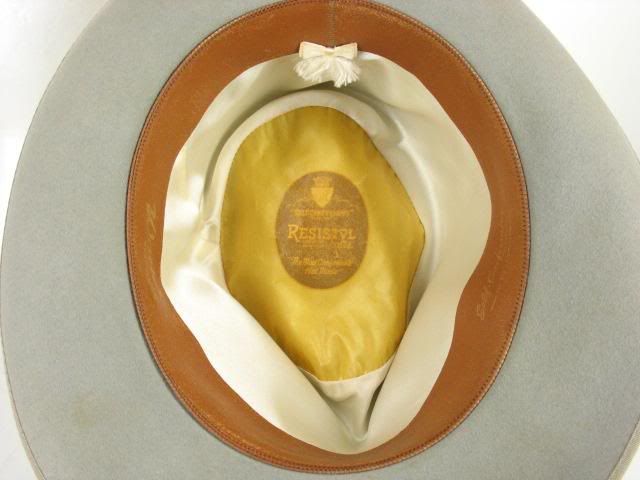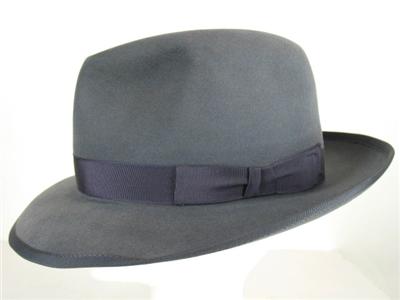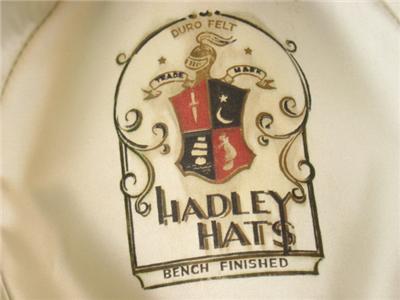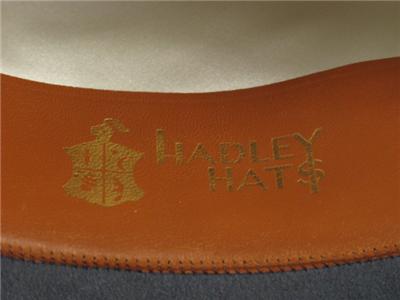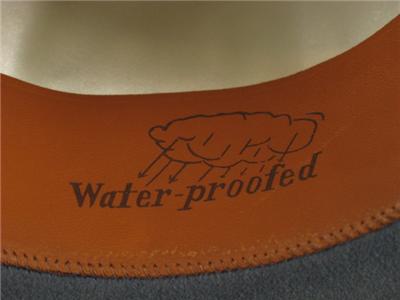Gilgamark
A-List Customer
- Messages
- 306
- Location
- Nashville, TN
Jabos said:Beautiful Adam G-Mark. I can select the size the pic will be before I upload to Photobucket. What a BIN pick up for you.
Thanks. I'll pick a smaller size from here on. :eusa_doh: :eusa_doh:
